1. Satia JA. Dietary acculturation and the nutrition transition: an overview. Appl Physiol Nutr Metab. 2010; 35:219–223. PMID:
20383236.
2. Lee SK, Sobal J, Frongillo EA Jr. Acculturation, food consumption, and diet-related factors among Korean Americans. J Nutr Educ. 1999; 31:321–330.

3. Bermúdez OI, Falcón LM, Tucker KL. Intake and food sources of macronutrients among older Hispanic adults: association with ethnicity, acculturation, and length of residence in the United States. J Am Diet Assoc. 2000; 100:665–673. PMID:
10863569.
4. Lee SK, Sobal J, Frongillo EA Jr. Acculturation and dietary practices among Korean Americans. J Am Diet Assoc. 1999; 99:1084–1089. PMID:
10491677.

5. Pan YL, Dixon Z, Himburg S, Huffman F. Asian students change their eating patterns after living in the United States. J Am Diet Assoc. 1999; 99:54–57. PMID:
9917732.

6. Lee SK. Acculturation, meal frequency, eating-out, and body weight in Korean Americans. Nutr Res Pract. 2008; 2:269–274. PMID:
20016729.

7. Ayala GX, Baquero B, Klinger S. A systematic review of the relationship between acculturation and diet among Latinos in the United States: implications for future research. J Am Diet Assoc. 2008; 108:1330–1344. PMID:
18656573.

8. Kudo Y, Falciglia GA, Couch SC. Evolution of meal patterns and food choices of Japanese-American females born in the United States. Eur J Clin Nutr. 2000; 54:665–670. PMID:
10951516.

9. Berry JW, Kim U, Minde T, Mok D. Comparative studies of acculturative stress. Int Migr Rev. 1987; 21:491–511.

10. Lee AR. Changes of the dietary habits of North Koreans before and after the 1990s [doctoral thesis]. Seoul: Ewha Womans University;2009.
11. Duk YJ. Globalization and recent changes to daily life in the Republic of Korea. In : Lewis JB, Sesay A, editors. Korea and Globalization: Politics, Economics and Culture. London: Routledge;2002. p. 10.
12. Korea Centers for Disease Control & Prevention. 2016 Health Behavior and Chronic Disease Statistics. Cheongju: Korea Centers for Disease Control & Prevention;2017.
13. Korea Centers for Disease Control & Prevention. Korea Health Statistics 2016: Korea National Health and Nutrition Examination Survey (KNHANES VII-1). Cheongju: Korea Centers for Disease Control & Prevention;2017.
14. Institute for Unification Education. 2017 Understanding North Korea. Seoul: Institute for Unification Education;2017.
15. Lee JH. Comparison of nutritional status of children in North Korea: analysis of North Korean children's nutrition survey report from 1998 to 2012. KDI Rev the North Korean Econ. 2014; 16:19–30.
16. Park SY. An assessment of the long-term effects of food crisis on children's growth and development in North Korea. Korean Cult Anthropol. 2000; 33:207–240.
17. United Nations in DPR Korea. 2017 DPR Korea: Needs and Priorities. Pyongyang: United Nations in DPR Korea;2017.
18. Lee YH, Lee WJ, Kim YJ, Cho MJ, Kim JH, Lee YJ, Kim HY, Choi DS, Kim SG, Robinson C. North Korean refugee health in South Korea (NORNS) study: study design and methods. BMC Public Health. 2012; 12:172–177. PMID:
22401814.

19. Ministry of Health and Welfare, Korea Centers for Disease Control & Prevention. The Fifth Korea National Health and Nutrition Examination Survey (KNHANES V-3), 2012. Cheongju: Korea Centers for Disease Control & Prevention;2013.
20. Ministry of Health and Welfare, Korea Centers for Disease Control & Prevention. The Sixth Korea National Health and Nutrition Examination Survey (KNHANES VI-1), 2013. Cheongju: Korea Centers for Disease Control & Prevention;2014.
21. Ministry of Health and Welfare, Korea Centers for Disease Control & Prevention. The Sixth Korea National Health and Nutrition Examination Survey (KNHANES VI-2), 2014. Cheongju: Korea Centers for Disease Control & Prevention;2015.
22. Ministry of Health and Welfare, Korea Centers for Disease Control & Prevention. The Sixth Korea National Health and Nutrition Examination Survey (KNHANES VI-3), 2015. Cheongju: Korea Centers for Disease Control & Prevention;2016.
23. Ministry of Health and Welfare, Korean Nutrition Society. Dietary Reference Intakes for Koreans 2015. Sejong: Ministry of Health and Welfare;2016.
24. Hansen RG, Wyse BW, Sorenson AW. Nutrition Quality Index of Food. Westport (CT): AVI Publishing Co.;1979.
25. Jeong H, Lee SK, Kim SG. Changes in body weight and food security of adult North Korean refugees living in South Korea. Nutr Res Pract. 2017; 11:307–318. PMID:
28765777.

26. Lee KI, Hwang YJ, Ban HJ, Lim SJ, Jin HJ, Lee HS. Impact of the growth of single-person households on the food market and policy tasks. Korea Rural Economic Institute;2015. 10. Report No. TRKO201600001479.
27. Heo YK, Sim KH. Dietary attitude of single households in metropolitan areas. Korean J Food Nutr. 2016; 29:735–745.

28. Nam SY. Differences in dietary, nutritional and health status between single-person households and non-single-person households in Korean adults by sex and age group [doctoral thesis]. Incheon: Inha University;2016.
29. Ma H, Huan J, Fuller F, Rozelle S. Getting rich and eating out: consumption of food away from home in urban China. Can J Agric Econ. 2006; 54:101–119.

30. Yoon HR. The study of dining-out behavior and preference on Korean foods by age groups. Korean J Food Cult. 2005; 20:608–614.
31. Jang IS, Shin HS, Kwon ES, Baek MJ, Yoon SA, Wang YM, Kang MJ, Oh GH, Sung DS. 2016 Investigation on North Korean Refugee Settlement Status. Seoul: Korea HANA Foundation;2016.
32. Moon SI, Song YM, Lee GO. An empirical study on the relation between participation in leisure activities and social adaptability of North Korean refugees. J Tourism Sci. 2015; 29:19–28.
33. Hwang JY, Lee H, Ko A, Han CJ, Chung HW, Chang N. Dietary changes in Vietnamese marriage immigrant women: the KoGES follow-up study. Nutr Res Pract. 2014; 8:319–326. PMID:
24944778.

34. Yang EJ, Khil JM. Food intake and nutritional status of female marriage immigrants residing in Gwangju, Korea. J Nutr Health. 2016; 49:358–366.

35. Lachat C, Nago E, Verstraeten R, Roberfroid D, Van Camp J, Kolsteren P. Eating out of home and its association with dietary intake: a systematic review of the evidence. Obes Rev. 2012; 13:329–346. PMID:
22106948.

36. Sanou D, O'Reilly E, Ngnie-Teta I, Batal M, Mondain N, Andrew C, Newbold BK, Bourgeault IL. Acculturation and nutritional health of immigrants in Canada: a scoping review. J Immigr Minor Health. 2014; 16:24–34. PMID:
23595263.

37. Patil CL, Hadley C, Nahayo PD. Unpacking dietary acculturation among new Americans: results from formative research with African refugees. J Immigr Minor Health. 2009; 11:342–358. PMID:
18253832.

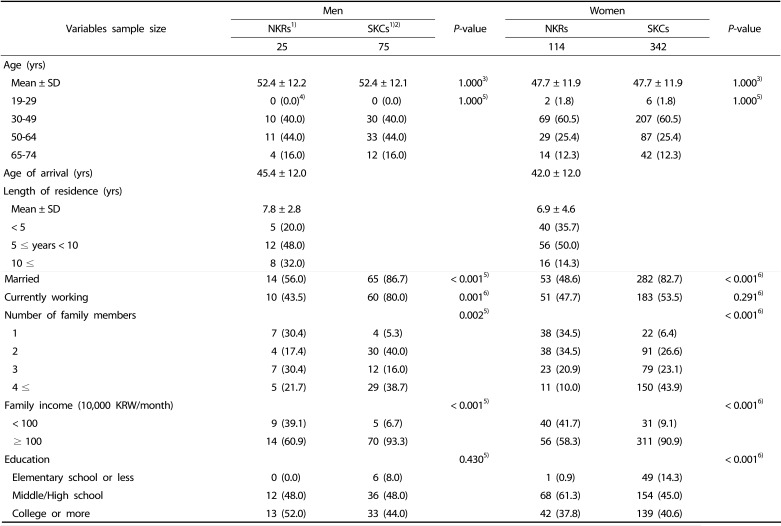
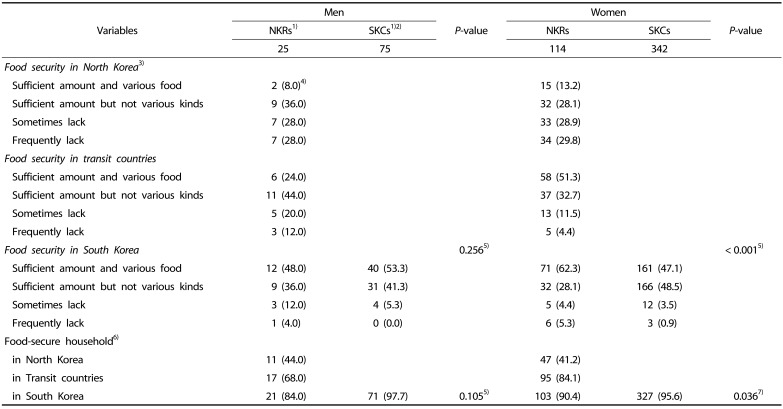
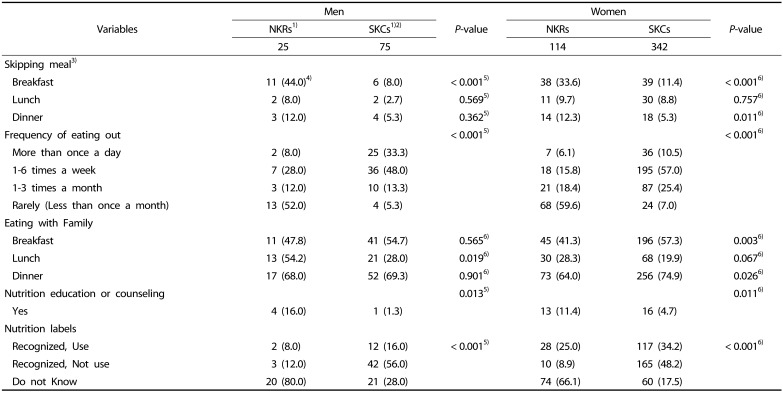
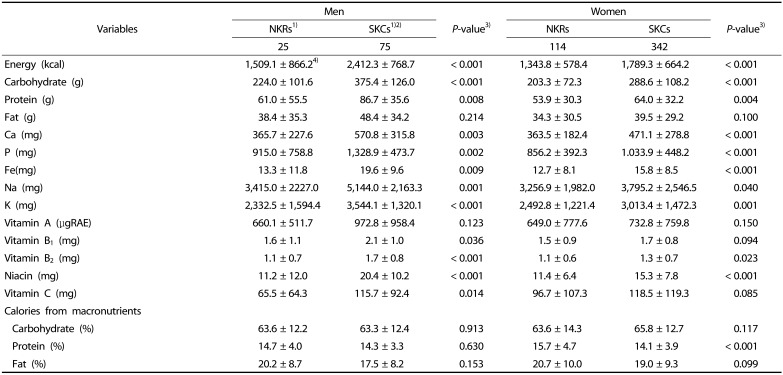
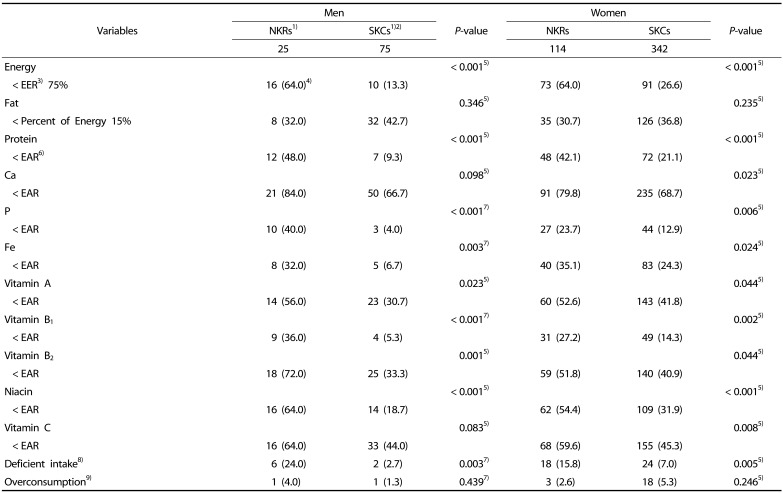





 PDF
PDF ePub
ePub Citation
Citation Print
Print



 XML Download
XML Download